Introduction:
Planning a visit to India’s Golden Triangle. The enchanting trio of Delhi, Agra, and Jaipur is a gateway to exploring the rich tapestry of Indian culture and history. The comprehensive guide explains the subtleties of deciding when to set out on this amazing adventure. Travelers from all over the world are drawn to the Golden Triangle by its stunning architectural wonders, lively culture, and varied culinary experiences. This article provides insightful information on how to maximize your trip as well as a thorough examination of the best time to visit this cultural treasure trove.
Quick Facts about the best time to visit India Golden Triangle
| Topic | Quick Facts |
|---|---|
| Golden Triangle | – Comprises Delhi, Agra, and Jaipur |
| Best Time to Visit (Ideal) | – October to March |
| Temperature Range | – 22-32°C during the winter months |
| Months to Avoid | – April to September |
| Visiting in October | – Enjoy pleasant weather and smaller crowds |
| Visiting in November | – Experience clearer views of the Taj Mahal |
| Visiting in December | – Expect cool and sunny weather, but higher costs for accommodation and flights |
| Visiting in January | – Prepare for varied weather conditions across different cities |
| Visiting in February | – Witness the Taj Mahal in the enchanting moonlight |
| Visiting in March | – Participate in the lively and colorful Holi festival |
| Tips for Visitors | – Opt for private transportation for flexibility, dress modestly, stay hydrated |
| Must-Knows | – Plan your trip wisely to avoid extreme temperatures and heavy rainfall |
Best Time to Visit India’s Golden Triangle:
The Golden Triangle, which includes Delhi, Agra, and Jaipur, presents a distinctive experience that changes with the season by combining historical depth with modern energy. When organizing your trip to this culturally diverse area, keep the following tips in mind to guarantee the best possible travel experience.
October to March: Embrace the Delights of Pleasant Weather and Cultural Festivities
Visiting the Golden Triangle in the winter, from October to March, is a great way to take in the breathtaking outdoor attractions and landmarks of the area. The pleasant temperatures, which range from 22 to 32°C, make for a great environment for sightseeing and leisurely exploration.
October: Begin Your Journey with Comfortable Weather
October is when good weather is most likely to arrive, making it easier for you to explore the treasures of the Golden Triangle. This is the best time to enjoy the richness of culture without being overrun by tourists because the crowds are smaller.
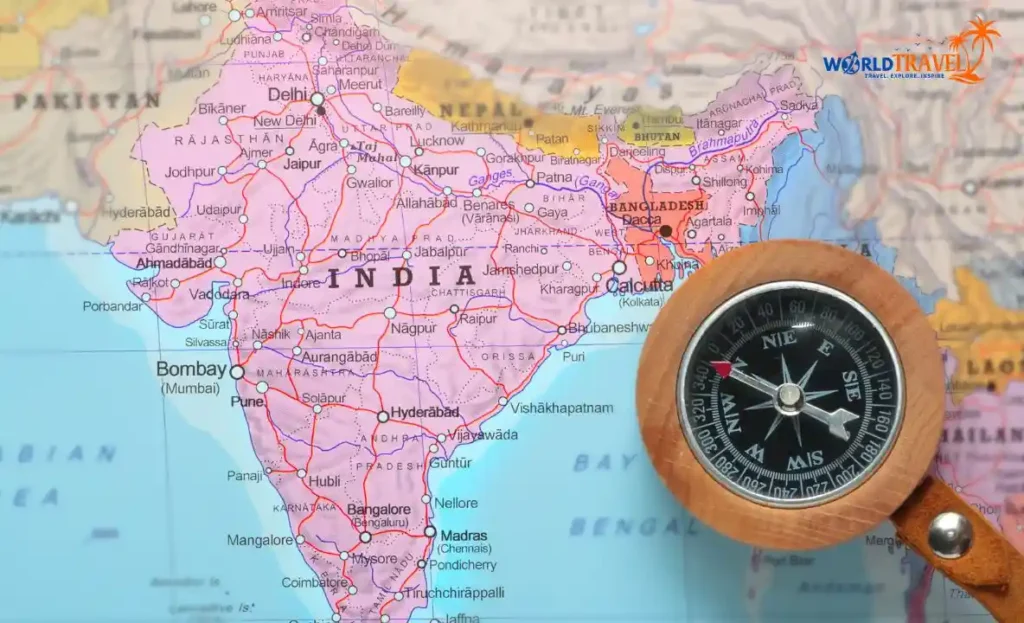
November: Soak in the Majestic Taj Mahal Amid Clear Skies and Serene Ambiance
November serves as another ideal month to visit the Golden Triangle, characterized by pleasant weather and fewer crowds. Witness the captivating grandeur of the Taj Mahal in its full splendor, as the air remains clear and haze-free during this time of the year.
December: Immerse Yourself in the Cool and Sunny Ambiance of Delhi, Agra, and Jaipur
As winter deepens, December presents a perfect time to explore the Golden Triangle, with its cool and sunny climate creating an inviting atmosphere for travelers. However, be mindful of the possibility of higher hotel rates and airfares during this peak tourist season.
January: Embrace the Serenity of Lesser Crowds and Varied Weather in Different Cities
Agra and Jaipur typically experience warmer temperatures in January, whereas Delhi may experience colder temperatures, occasionally dropping below freezing. This month gives you the opportunity to escape the busy tourist crowds if you’re looking for a peaceful trip.
February: Revel in Pleasant Weather and Special Moonlit Views of the Taj Mahal
February welcomes you with delightful weather and a serene ambiance, ideal for exploring the Golden Triangle’s attractions with ease. Take advantage of the special night viewing events at the Taj Mahal, offering a mesmerizing sight under the moonlit sky.
March: Engage in the Festivities of the Colorful Holi Festival
March signifies the arrival of the vibrant Holi festival, a celebration characterized by colorful powder and water. Immerse yourself in this joyous occasion, adding an extra layer of cultural immersion to your Golden Triangle exploration.
April to September: Plan Your Trip Wisely to Avoid Unfavorable Weather Conditions
April is when the temperature starts to rise, and May and June are the hottest months, with highs of over 40°C frequently. Visiting the Golden Triangle in these sweltering months is advised to be avoided. Similar to the previous example, you should avoid scheduling your trip during the monsoon season, which runs from July to September due to the likelihood of disruptions and inconveniences caused by heavy rains.
Tips for a Memorable Golden Triangle Experience:
Navigating the Golden Triangle can be an enriching and hassle-free experience with the right guidance and preparations. Consider these valuable tips to ensure a seamless and enjoyable journey:
Opt for Convenient Transportation Options:
To explore the area at your own pace, it is flexible and convenient to hire a private car or driver. Public transport, like buses and trains, can be less expensive than private vehicles, but they might be more crowded and require more time.
Dress Appropriately for Cultural Etiquette:
Respecting cultural norms, ensure that your attire covers your shoulders and knees when visiting temples and other religious sites.
Stay Hydrated and Sun-Protected:
Combat the varying temperatures by staying hydrated and applying sunscreen, especially during the scorching summer months.
Prepare for Crowded Tourist Spots:
Expect significant crowds, especially at iconic landmarks like the Taj Mahal. Planning your visits during off-peak hours can help mitigate the tourist rush.
Conclusion:
India’s Golden Triangle, which includes the cities of Delhi, Agra, and Jaipur, is evidence of the country’s historical significance and rich cultural legacy. Travelers looking for a unique experience combining history, culture, and adventure will find the region captivating with its captivating architectural wonders, colorful festivals, and delicious food. Plan your trip during the pleasant winter months of October through March to get the most out of the Golden Triangle. You should also take into account other factors that may affect your travel, such as the weather, crowds, and cultural events. Accept the enchantment of the Golden Triangle and make lifelong, priceless memories.
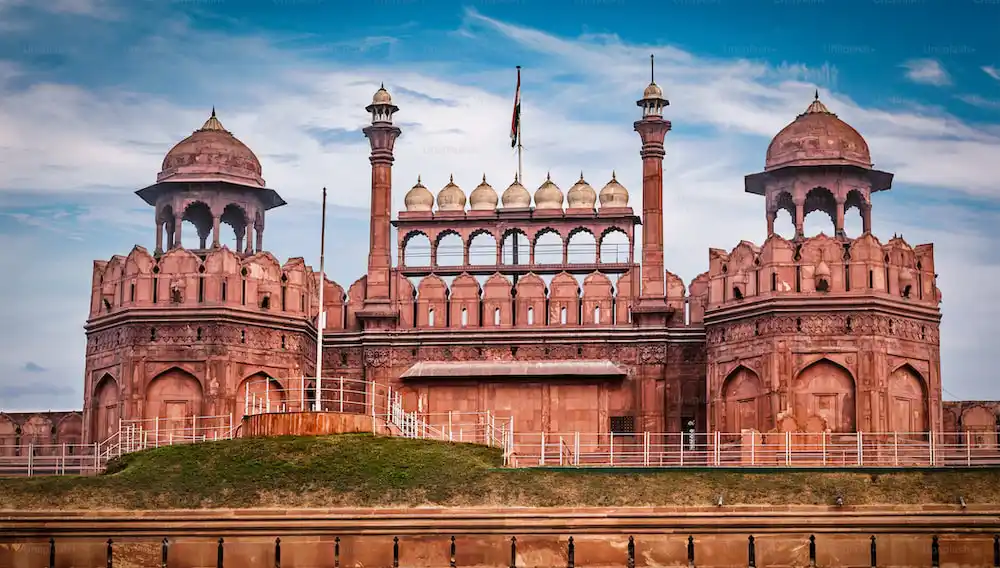
FAQs:
Q1: What is the significance of the Golden Triangle in India?
A1: The Golden Triangle is a popular tourist circuit in India, encompassing the iconic cities of Delhi, Agra, and Jaipur. It is renowned for its historical landmarks, cultural richness, and architectural marvels.
Q2: What is the best way to explore the Golden Triangle?
A2: Hiring a private car or driver provides the flexibility to explore the region at your own pace. Alternatively, you can opt for public transportation, such as trains or buses, although it may be more time-consuming and crowded.
Q3: When is the best time to visit the Taj Mahal?
A3: The best time to visit the Taj Mahal is during the winter months, from October to March when the weather is pleasant and suitable for outdoor exploration.
Q4: How should I dress when visiting religious sites in the Golden Triangle?
A4: It is essential to dress modestly, ensuring that your attire covers your shoulders and knees when visiting temples and other religious sites as a mark of respect for cultural norms.
Q5: What precautions should I take during my visit to the Golden Triangle in India?
A5: Plan your visits to well-known tourist destinations during daylight hours to avoid large crowds, wear sunscreen, and stay hydrated. Plan your trip taking into account the weather as well, particularly in the summer months and during the monsoon season.
In essence, planning your trip to India’s Golden Triangle demands a thorough understanding of the best time to visit, coupled with comprehensive insights on navigating the region’s diverse attractions and cultural nuances.

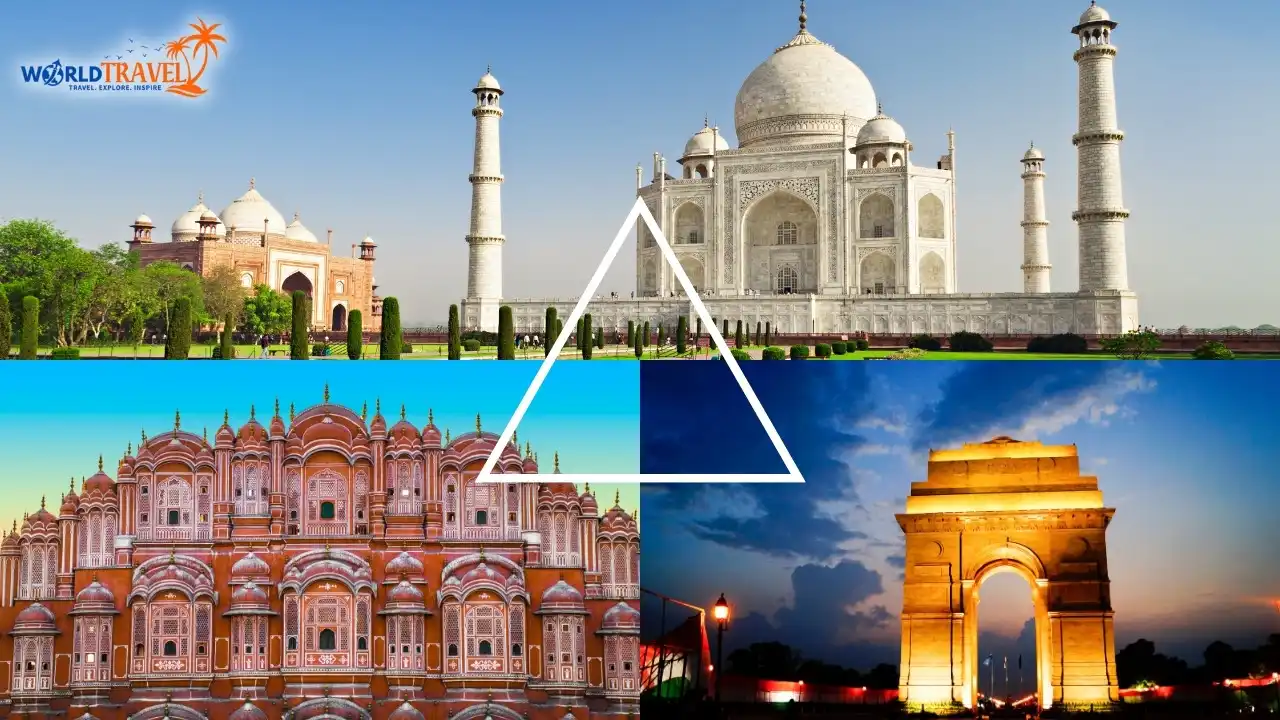



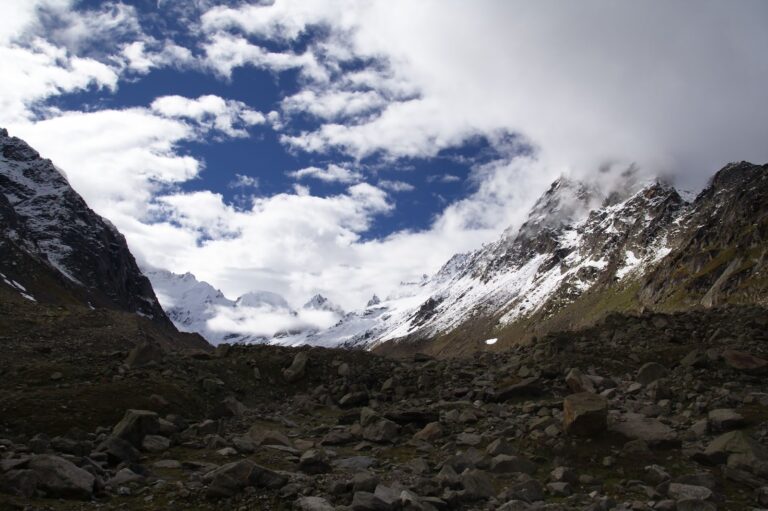


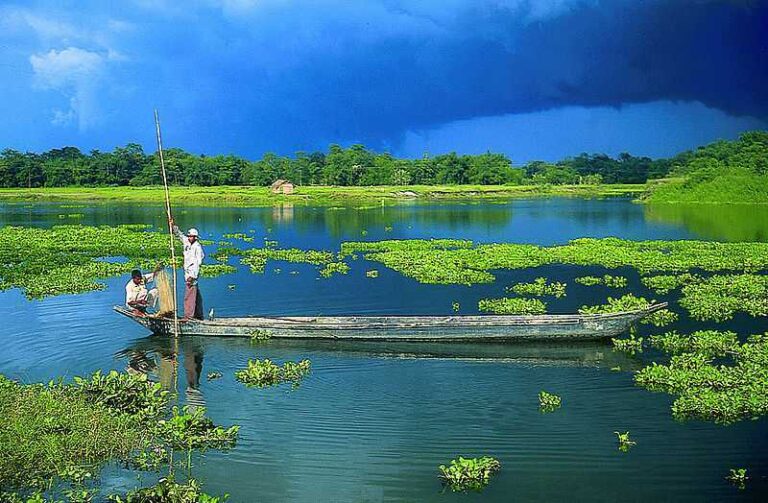
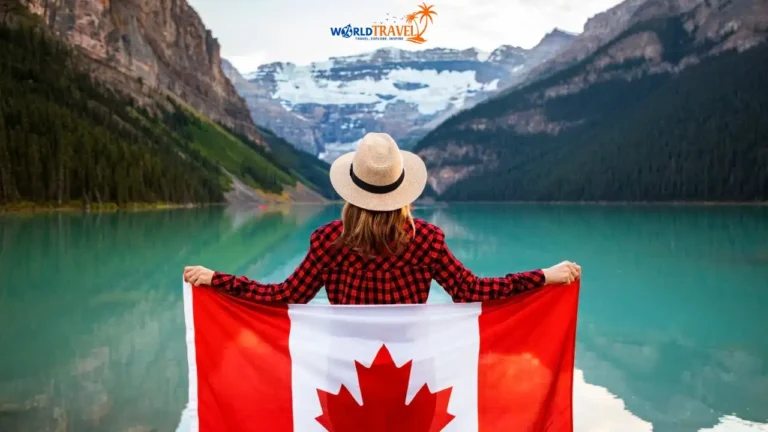

+ There are no comments
Add yours